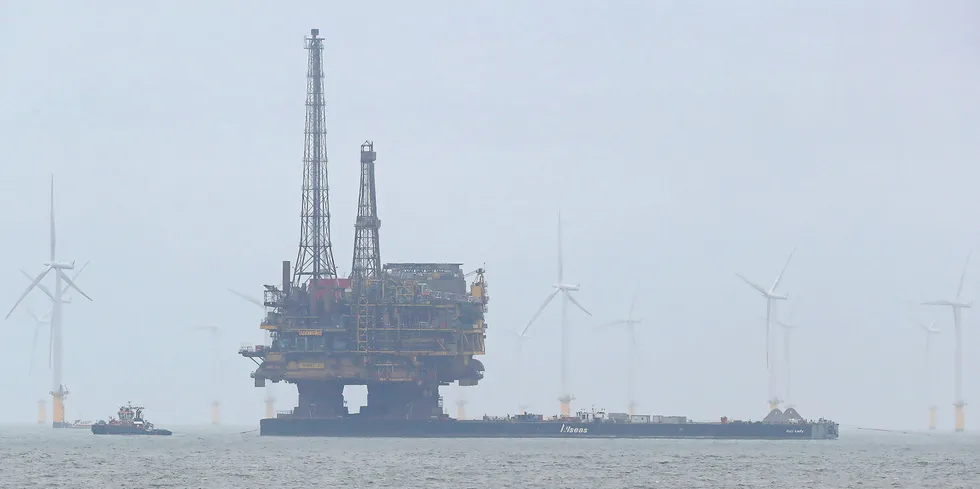'North Sea can lead global charge for a just energy transition – but must halt oil exploration now'
Countries such Britain, Norway and Denmark are 'uniquely positioned' to be in the vanguard of the world's coming industrial transformation if they can adopt 'bold, fair and future-minded pathways' for the hydrocarbon basin, writes Adriana Chavarria
